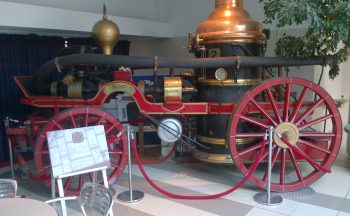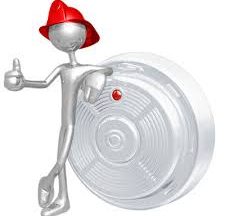 September 2019
September 2019
Fire departments have responded to recent high profile high-rise building fires by increasing their scrutiny of smoke control systems. They are visiting buildings to check procedures and records. Where documentation fails to meet requirements, condo corporations are being served with an Inspection Order. When served there is a short period for resolving outstanding issues. Typically a professional engineer or architect experienced in smoke control procedures is required to address many of the identified issues.
High-rise buildings contain a sophisticated smoke control system which condo corporations may consider part of their HVAC system. In the event of fire this system is intended to manage movement of smoke within a building. The intent is to keep smoke out of certain areas of the building to protect occupants and first responders when evacuating.
A smoke control system generally incorporates pressurization fans and ancillary devices that may include automatic door openers or systems to disable air intake units. Devices are connected to the fire panel and operate automatically when the system is in an alarm state. Ontario and National Fire Codes require regular testing of building smoke control systems to ensure they are operating properly in accordance with established operation and test procedures. Maintenance and testing procedures are tailored to a building’s specific smoke control equipment and stamped by an Engineer or Architect.
Once established by a qualified professional and prepared in the form of a report, these procedures are carried out on a periodic basis by the building’s Fire Alarm and HVAC Contractors, and may be incorporated into their service contracts.
Buildings are required to maintain records of these tests to prove compliance with code requirements, and provide them to the Fire Department upon request.
Sam Soltani, P.Eng is President of Trace Consulting Group Ltd.; a Toronto-based Mechanical and Electrical Consulting Engineering firm. The company specializes in retrofits and tenant improvements for high-rise residential, commercial, and retirement/long-term care operations.





